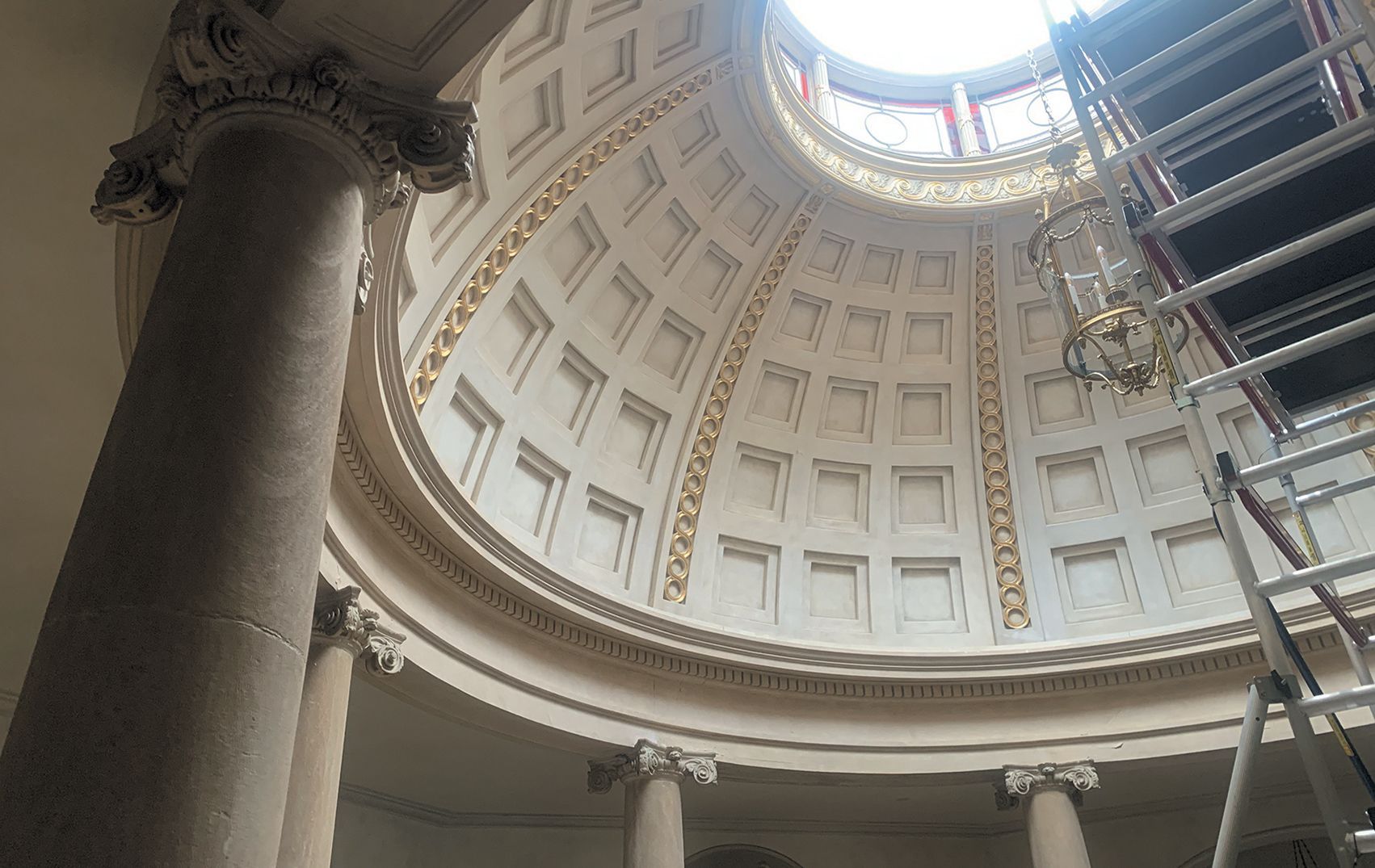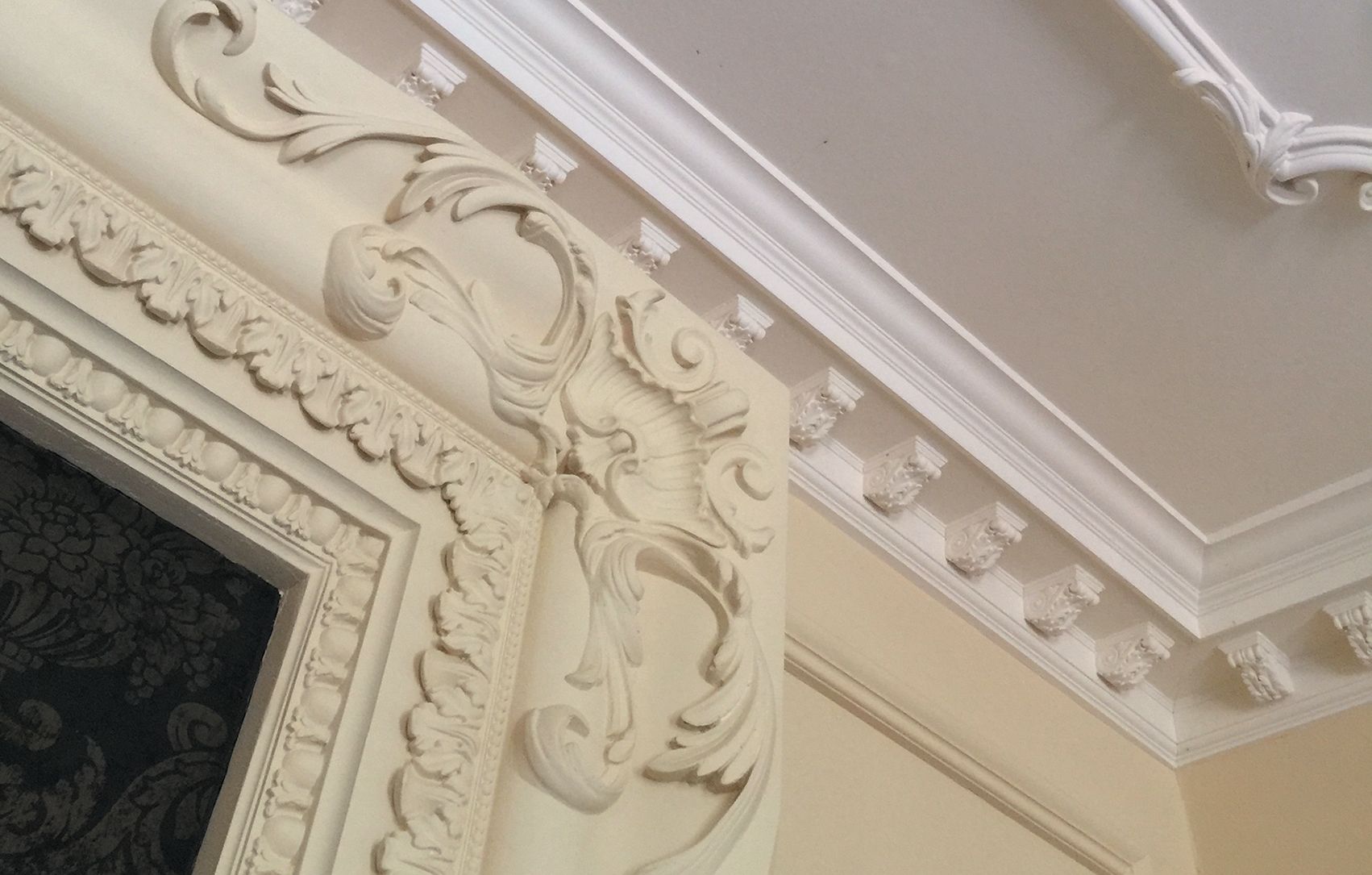Plasterwork in New Builds: Balancing Tradition and Modern Living
By Ian Waller
One of the questions I’m often asked is whether decorative plasterwork “works” in a new build. And my answer is always the same: yes - as long as it’s handled with care.
There’s a misconception that mouldings are only for period properties. But in truth, classical elements like cornices, columns, and coffers are timeless architectural tools. They add rhythm, proportion and elegance — even in modern spaces — when used with intent.
At Buxmead, a luxury development in North London, we created moulding schemes for contemporary apartments that nodded to classical styles without feeling overbearing. We developed cornices that integrated concealed lighting, coffered ceilings that framed rooms with gentle hierarchy, and subtle profiles that worked harmoniously with sleek interior finishes. The result was a crisp, luxurious look that avoided pastiche entirely.
The key is to understand the architectural language of the new building - and respond to it. Plasterwork shouldn’t be added for the sake of it. It should be designed in from the outset, used sparingly where appropriate, and detailed properly. Sometimes a restrained cornice or a simple wall panel can do more for a room than the most elaborate enrichment.
Of course, contemporary homes come with their own challenges: acoustic systems, HVAC coordination, modern lighting and smart tech integration. These all affect how plasterwork is detailed and installed. That’s where I add value - advising on how classical forms can be adapted to modern performance requirements.
Done well, plasterwork in new builds doesn’t compete with modern architecture. It complements it. It brings warmth, scale and personality to spaces that might otherwise feel too neutral - and helps create homes that feel rooted, elegant, and




